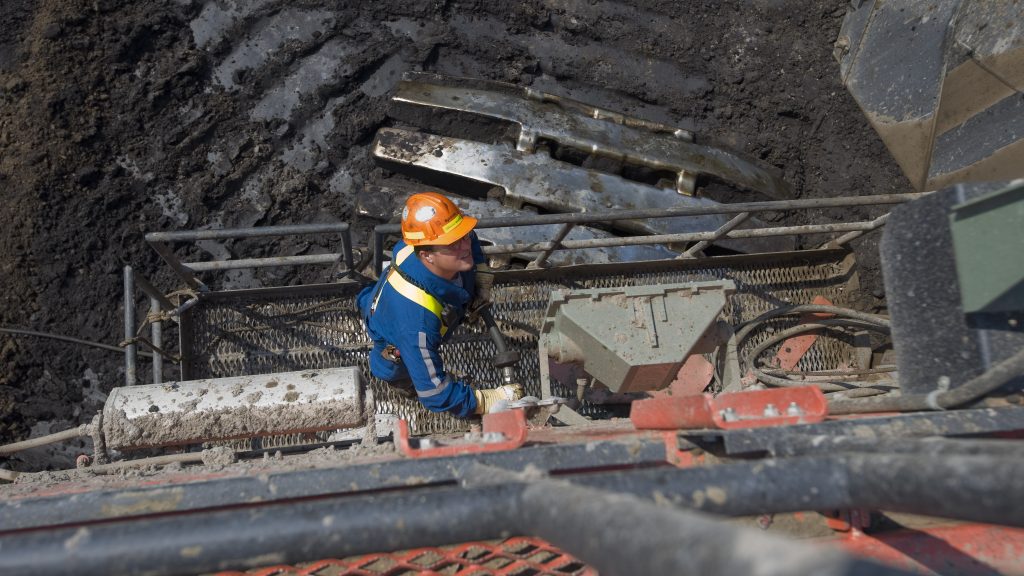Alberta’s skilled workers are at the mercy of a volatile fiscal climate and a gap in unemployment insurance (EI) benefits, according to a new research paper.
Titled Alberta’s changing industrial structure: Implications for output and income volatility, the University of Calgary School of Public Policy study by Bev Dahlby and Mukesh Khanal, argues the policy cycle that often responds to economic fluctuations with calls for diversification can do more harm than good.
“The government’s attempts to subsidize certain sectors in the name of ‘diversification’ do not insulate the provincial economy from fluctuations in oil and gas prices and may even exacerbate the economic cycle,” Dahlby and Khanal’s report stated.
“The more important diversification issue in the province is not output volatility, but the volatility of labour income. In the last 20 years, labour income has become increasingly concentrated in Alberta’s two most volatile sectors, oil and gas extraction and construction.”
One reason for the promotion of diversification is to “decrease the volatility of small business income. But that should be addressed directly,” Dahlby said.
“Diversification won’t actually smooth out economic bumps in Alberta, because our manufacturing sector and other industries are also connected to oil and gas.”
On average, Alberta workers earn 20 per cent more than the national average, often in industries like oil and gas that experience “feast or famine” periods of employment.
But when Alberta workers lose their jobs, their unemployment insurance (EI) benefits are pegged to national income levels, resulting in less support for unemployed Albertans than workers in the rest of Canada.
“Eligibility for Alberta workers isn’t as expansive as it could have been and should have been,” Dahlby said. “The federal government has made moves to address this, so they’re aware of the situation. But I think it should be done on a more permanent and less ad-hoc basis.”
Dahlby and Khanal’s report proposes a supplementary EI program for Albertans to smooth the difference between national and provincial benefits.
“It should be voluntary, in the form of some sort of premium, and it should actuarially fair,” Dahlby said. “It’s not a subsidy, it would be self-sustaining, and it could involve the private sector, though it would be best to administer it through the existing EI system.”
Lower-wage workers should not have to pay higher contributions to compensate higher-wage workers, the paper stated, and termed such a course of action a “regressive measure.”
The paper also proposed other methods of cushioning worker unemployment, including increased limits on tax-free savings accounts workers could contribute to in times of fulsome employment and high wages.
“I hope governments in both Edmonton and Ottawa deal with this Alberta-specific problem,” Dahlby said.
While the gap in EI benefits is a problem unique to Alberta, Dahlby said, the rapidly shifting labour landscape means it will soon be necessary to conceptualize further changes in unemployment insurance.
“We’re entering a labour market with big technological changes,” he said, and stressed that those changes will cause more volatility and employment fluctuations across many more industries in the future.











Recent Comments
comments for this post are closed